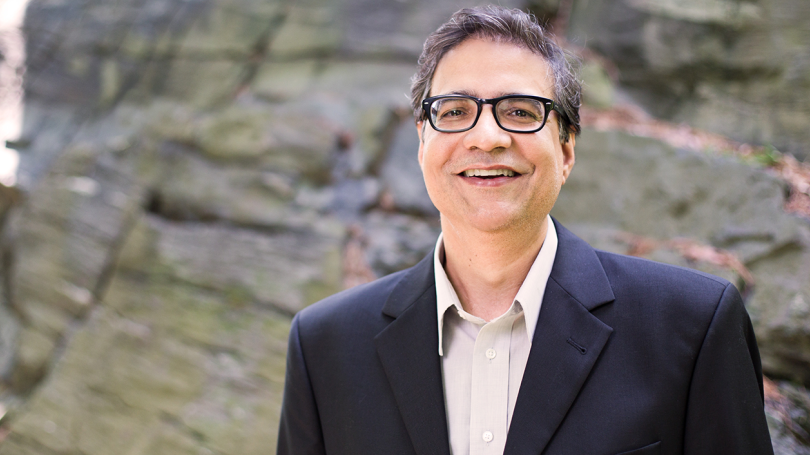
- Undergraduate
- Graduate
- Research
- The Stretch
- Inclusivity
- News & Events
- People
Back to Top Nav
Back to Top Nav
Back to Top Nav
Back to Top Nav
Back to Top Nav
Novel carbon removal techniques could potentially remove two billion tons of carbon annually at low cost.
Avoiding catastrophic climate change is a complex undertaking. To keep global temperatures from rising more than 1.5 degrees Celsius from pre-industrial levels, the threshold that scientists warn could trigger devastating environmental consequences, humans will have to employ a range of technologies and strategies. And while the transition to low- and no-carbon energy sources is the most important action society can take, if we are to reach our decarbonization goals in time to avoid climate disaster, other tools, such as carbon capture, are likely needed as well.
Researchers in the carbon capture space are exploring a range of strategies to deploy as part of a portfolio of solutions for CO2 removal from the atmosphere. Dartmouth Earth Sciences Professor Mukul Sharma recently received support from the Astera Institute, Grantham Foundation, and Schmidt Futures to explore two novel techniques for atmospheric CO2 removal.
One technique, if deployed, would use clay minerals sprinkled on the ocean to remove atmospheric CO2, and the other would employ fortified biochar (a charcoal-like substance that's made by burning organic material from agricultural and forestry wastes in a controlled process called pyrolysis) to create a pool of recalcitrant carbon in soils that could effectively store carbon in soils for centuries. Professor Sharma anticipates that both techniques will be ready for large-scale application within 10 years.
If successful, these techniques could potentially be deployed to remove over two billion tons of carbon, corresponding to 20% of carbon dioxide produced each year globally. Professor Sharma's approach, and ones like it, could help decouple the remaining hydrocarbon energy economy from climate change in the short-term, helping ensure that hard-to-decarbonize sectors do not impede efforts to keep global temperatures below 1.5 degrees Celsius, and pave the way to significantly reducing the buildup of atmospheric CO2 in the long-term.
About the Astera Institute
The Astera Institute empowers visionary, high-leverage science and technology projects with the capacity to create transformative progress for human civilization. The institute houses moonshots and novel scientific research that have no other natural home in today's research and development landscape. For more information. visit astera.org.
About the Grantham Foundation
The Grantham Foundation for the Protection of the Environment is dedicated to mitigating climate change. A particular focus is on accelerating a diverse portfolio of promising, but yet unproven carbon dioxide removal technologies through early commitment of grants and direct investments. For more information, visit granthamfoundation.org.
About Schmidt Futures
Schmidt Futures is a philanthropic initiative founded by Eric and Wendy Schmidt that bets early on exceptional people making the world better.